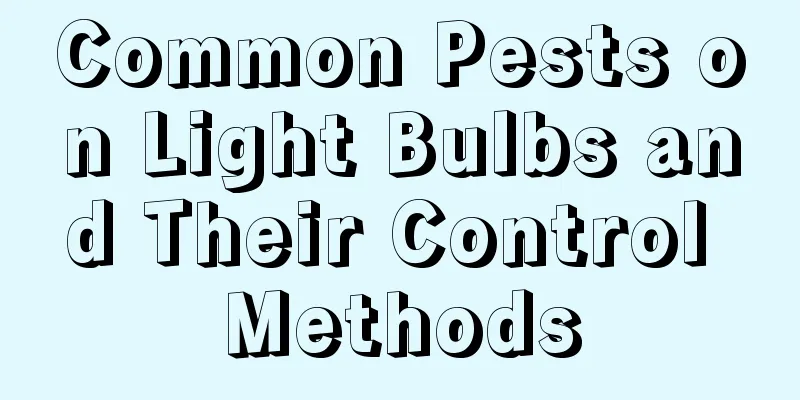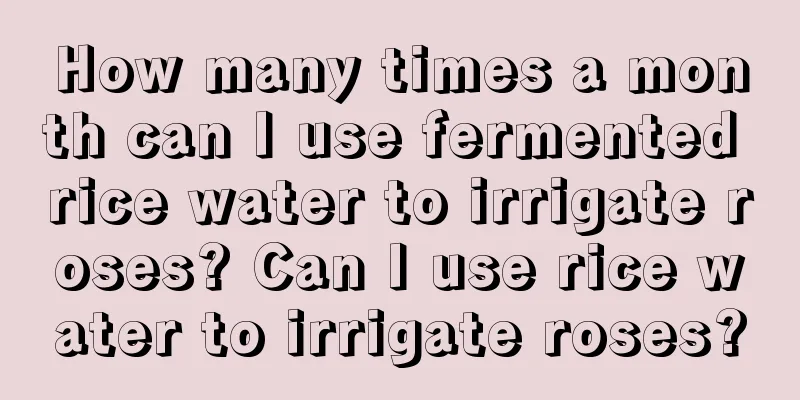Common Pests on Light Bulbs and Their Control Methods

Bulb Pests - WhitefliesharmThe thorns suck sap from the back of the leaves, causing the bulbs to wilt and inducing sooty mold. The bulbs are no longer crystal clear, directly affecting the ornamental value of the plants. Prevention and treatment measuresImprove ventilation and reduce air humidity. In the early stage of the outbreak, you can use 1000-2000 times diluted 40% oxydemeton-methyl emulsifiable concentrate for spraying. You can also use 500 times diluted malathion or 1000 times diluted malathion mixed with DDT for spraying. Two days after spraying, use a strong stream of water to wash away the dead insects together with the black powder. (Note: Whiteflies are highly resistant to pesticides and are difficult to kill. Spraying should be continuous and the pesticides should be changed frequently.) Bulb Pests - Scale InsectsharmIt sucks sap, causing the plant to grow poorly and, in severe cases, wither and die. Many white flocs appear at the top of the bulb, and later appear in sheets. Prevention and treatment measuresIf the number is small, you can use a brush to remove it or a toothpick to poke it out. You can also use a diluted solution of quick-kill (such as Jiebizhi or Huhuashen) for spraying (use with caution if it contains powder), and irrigate and wash the roots. Use 75% alcohol to brush the areas where scale insects are concentrated several times. Light bulb pests - small black flies (Sharp-eyed fungus gnats)harmThey like humus-containing food and usually fly around meat, chewing the liquid meat, causing the wounds to become infected and cause disease. Prevention and treatment measuresAdult black flies prefer moisture and are afraid of dryness. Keeping the soil relatively dry in foreign environments will not create a habitat for the adults. Pay attention to ventilation during maintenance, keep the surface of the potting soil clean, and do not put anything into the pot as fertilizer. Scientific fertilization is the right way. Spread a layer of vermiculite or river sand on the surface of the potting soil, and do not leave the humus soil exposed. |
<<: Common pests of Monstera and their control methods
>>: Common pest control methods for honeysuckle
Recommend
Cultivation methods and precautions of tiger palm
1. Soil To grow tiger palm, you need loose, well-...
When is the best time to prune jasmine?
Jasmine pruning time Jasmine can be maintained in...
What should I do if my red-eared slider turtle doesn’t eat?
The red-eared slider, also known as the red-eared...
How to keep seeds of Polygonatum sibiricum and how to collect and store them
How to get Polygonatum sibiricum seeds Polygonatu...
Is the dragon beard orchid poisonous?
1. Is it toxic? The dragon beard orchid is not po...
Bonsai suitable for housewarming
1. Anthurium The color of its flowers is very uni...
How to make bayberry wine and the benefits of drinking it
1. How to do it 1. Preparation: Before making bay...
Causes and treatments for yellowing leaves of Silver Star
1. Temperature is too high Reason: It is not cold...
How to grow Daphne koreana and what to pay attention to
Daphne koreana growth conditions The soil require...
When does Impatiens bloom?
Flowering period The flowering period of Impatien...
How to trim baby's breath
1. How to prune baby's breath 1. By season In...
How to deal with the lucky charm after it blooms? How to prune it after the flowering period
Treatment after flowering of Lucky Flower 1. Prun...
Cultivation methods and maintenance matters of old crape myrtle piles
How to grow crape myrtle into an old tree Crape m...
You don’t have to buy this “noble” plant. Just break off a “branch” and it will grow into a whole pot!
The noble and valuable plant that Huahua is talki...
What kind of soil is good for growing osmanthus? How to change the soil for potted osmanthus
1. What kind of soil is good for growing Osmanthu...









